Making pear pruning in autumn
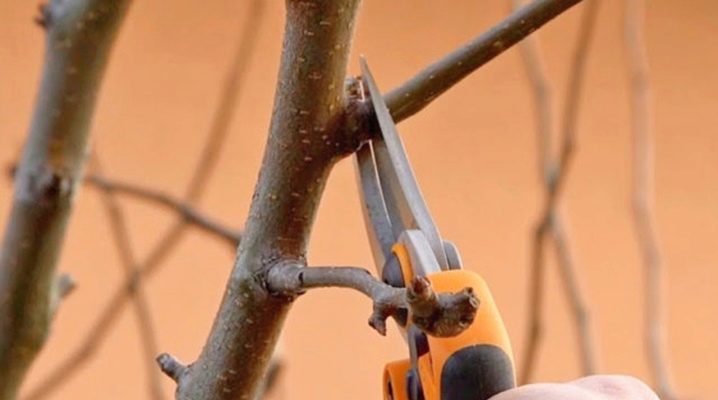
Pear is one of the most popular fruit trees. For its normal development, not only timely watering and feeding are important, but also regular pruning of the crown. Most gardeners prefer to carry out this procedure in the fall.

The need for a procedure
Autumn pruning is very important for this fruit tree.... The overgrown crown in summer prevents the sun's rays from reaching the fruits. Because of this, they grow not too large and juicy. Pruning pears in the fall solves this problem. The next year, the fruits become sweet and tasty.
In addition, by pruning the tree for the winter, you do not have to worry about the branches breaking under the weight of the snow. This means that in the spring the crown will be more beautiful and healthy. Pruning in the fall can also help remove branches that have dried or broken over the summer.
After this procedure, the area where the pear grows looks much neater.
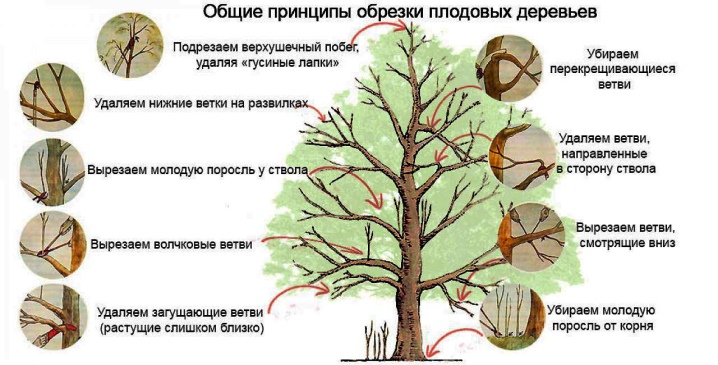
Most gardeners choose to prune excess branches for several reasons.
-
The growing season ends in autumn. Therefore, in place of the cut branch, unnecessary green shoots will definitely not appear. In addition, the sap of the plant will not flow from there.
-
The plant will have enough time to recover. During the winter, the place of the cut will heal. Thanks to this, the tree will turn green earlier in the spring.
-
In the spring, when gardeners already have many other things to do, they do not have to waste time caring for the pear.
It is worth noting that it is much more convenient to prune trees in the fall. After all, you don't have to get to them through mud and slush.

Timing
It is recommended to carry out this procedure in good weather. You can prune the plant immediately after harvest. When choosing the right moment, it is worth paying attention to the features of the local climate.
-
Southern part of the country. Autumn is quite warm in this area. Therefore, gardeners are not afraid of early frosts. They prefer pruning pears in the second half of October or early November. At this time, it is still warm outside.
-
Middle lane. In the Moscow region and other regions, pruning of fruit trees is carried out about a month earlier. This usually occurs in mid-September. During this period, the leaves are already beginning to actively fall off. Therefore, you can safely start cleaning the site and preparing the trees for winter.
-
Northern part of Russia. In the cold regions of the country, autumn comes earlier. Therefore, it is not recommended to tighten too much with pruning pears. It is best to do this at the beginning of autumn. It is necessary to meet the deadline before the end of September.
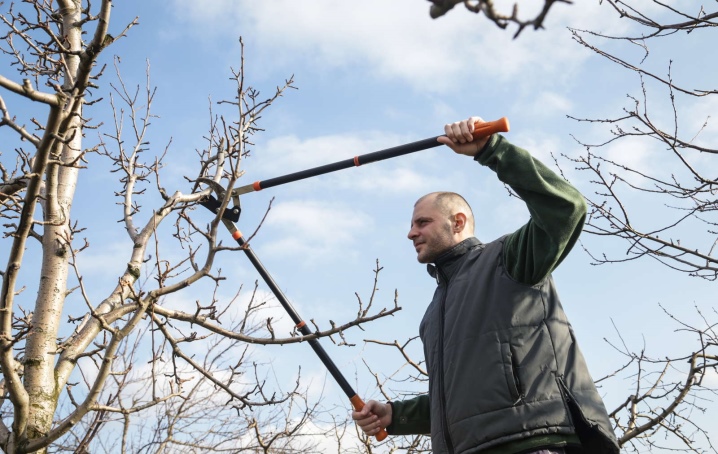
When planning pruning a fruit tree, many also focus on moon calendar. It indicates the most favorable days for plant care.
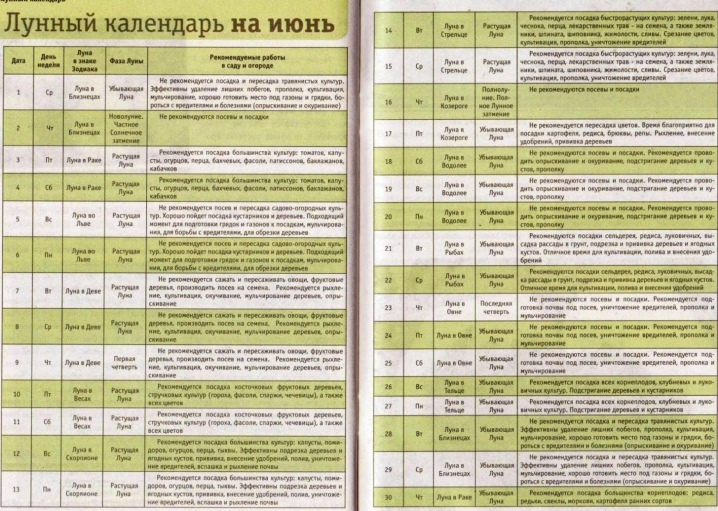
What tools are needed?
In order to perform a high-quality pruning of a tree, you need to prepare all the necessary tools in advance. A gardener will need several tools to work.
- Secateurs... It is used to remove thin dry branches as well as young growth. The tool must be sharp. In this case, he will not injure the plant. In addition, it is much easier for gardeners to work with him. Therefore, such a tool is suitable even for beginners.
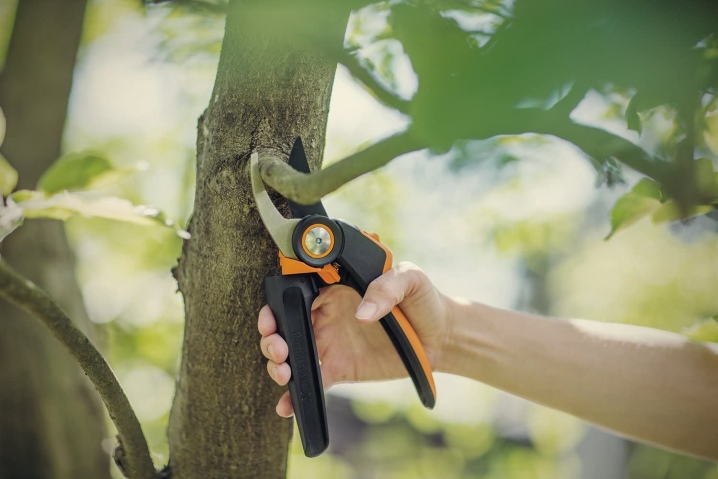
- Lopper... This tool has a lot in common with the pruner. It differs from him with slightly longer handles.Thanks to this, it can be used to remove branches that are deep in the crown of a tree.

- Garden saw. This tool is used to trim large branches. In work it is best to use a narrow hacksaw with fine teeth.

- Sharp knife... It is needed to remove small young shoots.

- Dye... To treat the cut site, you should always use a light oil-based paint or garden var. Distribute them over the wood with a regular brush.
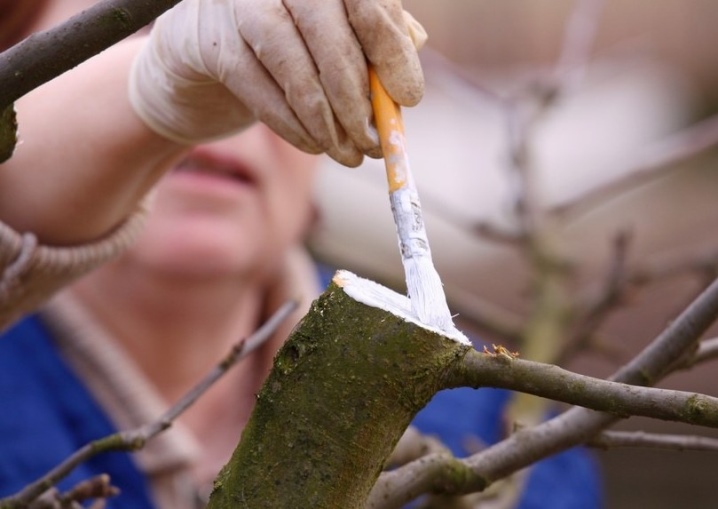
To disinfect inventory, you can additionally use alcohol or a solution of potassium permanganate.
It is worth remembering that the pear is a fairly tall tree with hard branches. Therefore, a person will also need a comfortable garden ladder to remove shoots.
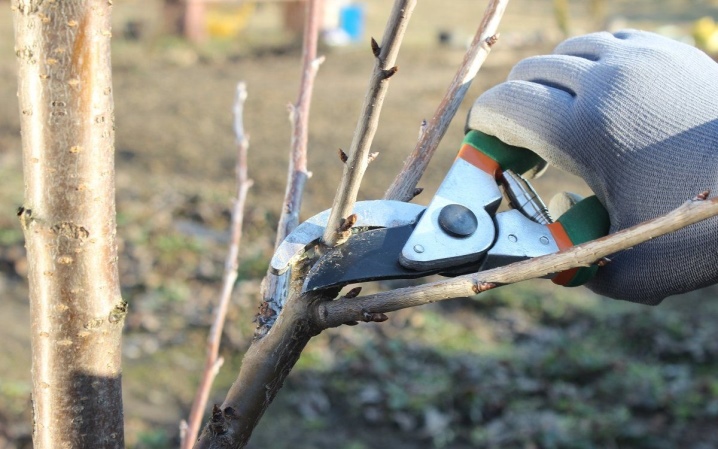
How to prune a pear correctly?
When planning pear pruning, it is important to consider the age of the plant.
Young
Neat young seedlings are pruned in order to form their crown. If you do not restrict the growth of an annual tree, it will grow too tall. This will make it difficult for the gardener to harvest the fruit in the future.
The top of a young plant is shortened to 90-100 centimeters. This is to accelerate the development of a strong root system in the annual pear.
The side branches are cut with a sharp pruner or a well-sharpened knife. Cut them right above the kidney. It is very important in the process not to leave stumps that can rot.
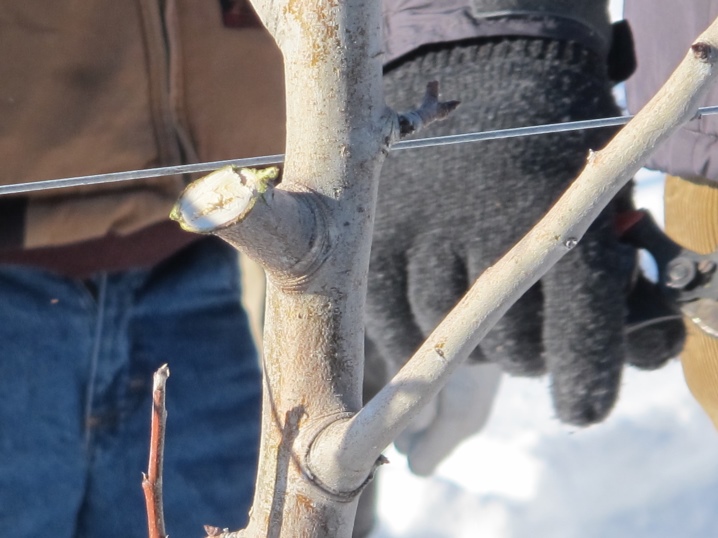
It is desirable that the slices are oblique. In the fall, all damaged or useless branches are removed.
A pear at the age of 2-3 years is cut in the same way. The top of a young tree is shortened by 25%. They try to give Krone a pyramidal shape. For this, the lower branches are left longer, and the upper ones are significantly shortened. In the third year, the gardener will be able to ensure that the crown of the tree is even and neat.
At the age of 4-5 years, new branches on the tree appear quite rarely. Therefore, pruning the pear takes much less time. The branches are thinned only slightly.
This procedure helps to strengthen the immunity of a young pear. In addition, the plant bears fruit better after autumn pruning.
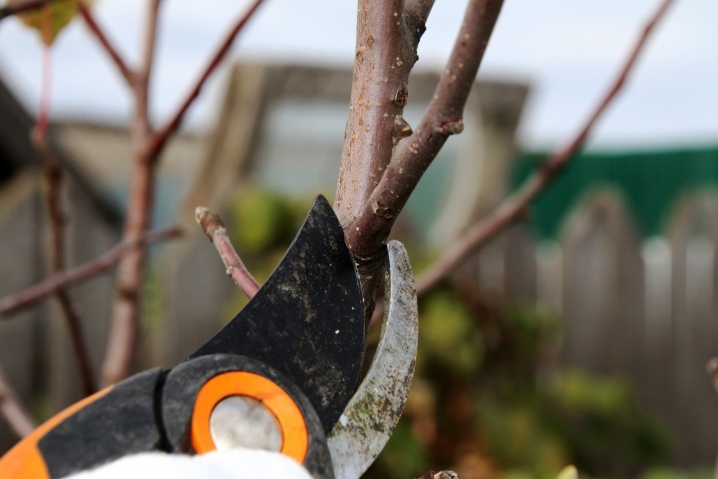
If the tree needs to be pruned heavily, removing a large number of branches that thicken the crown, it is better to postpone this procedure until the spring. Heavy pruning of a mature tree in the fall can lead to the plant becoming weaker and less productive in the future.
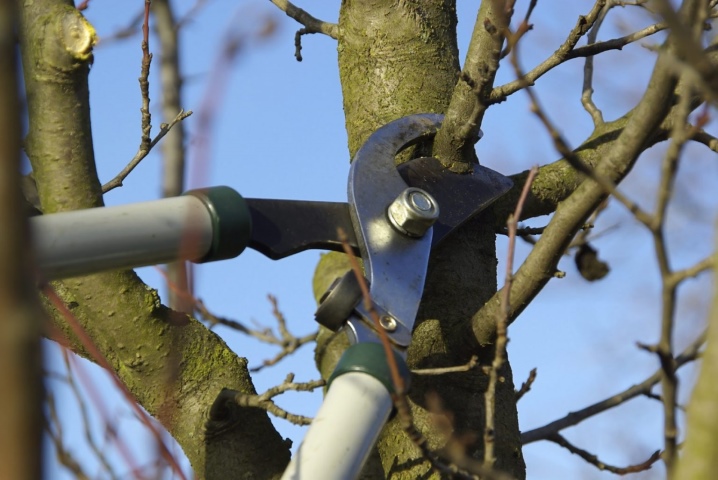
Adult
In subsequent years, when the formation of the crown has already been completed, the pear just needs to be kept in good condition. The pruning scheme for such a tree is very simple.
-
At the beginning, the upper tiers are cut off... The top is regularly shortened by a couple of centimeters.
-
After cutting off diseased or dried branches... Particular attention is paid to pruning young shoots that have appeared in the place of spring cuts. They will be removed completely.
-
Last but not least, gardeners inspect the lower tiers of the pear. At this stage, you need to remove all branches that grow at right angles to the trunk of the pear.
With the right approach, a young tree will always look beautiful and neat.
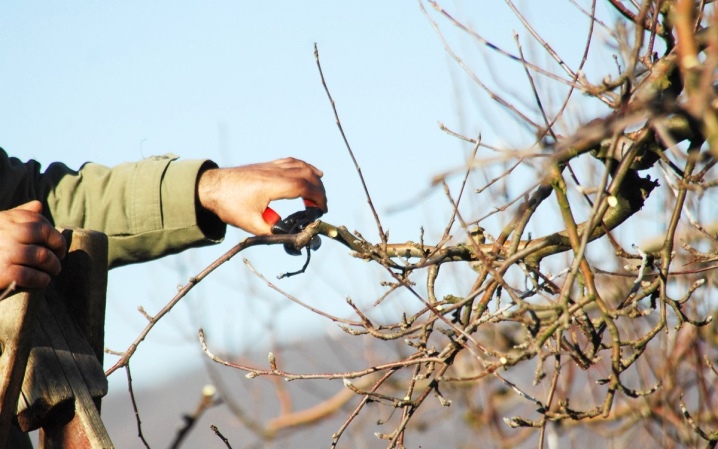
Old
An old pear needs to be pruned from time to time to rejuvenate the tree. In the fall, remove old branches that are no longer able to bear fruit. Having finished cutting the tops, you also need to remove the branches that interfere with each other or intersect with each other. This pruning does not harm the tree. It only stimulates the growth of new shoots.
Pruning large old branches should be done over several seasons. Only 1/3 of their length is removed in autumn. The rest of the branches are pruned in spring and summer.... If you cut off an entire branch in one go, the tree will become weak and unable to survive the freeze.
Thin shoots that appear with strong crown growth can be removed at a time. They are usually cut at an angle. Places of cuts can be treated with paint, garden varnish or high-quality putty.
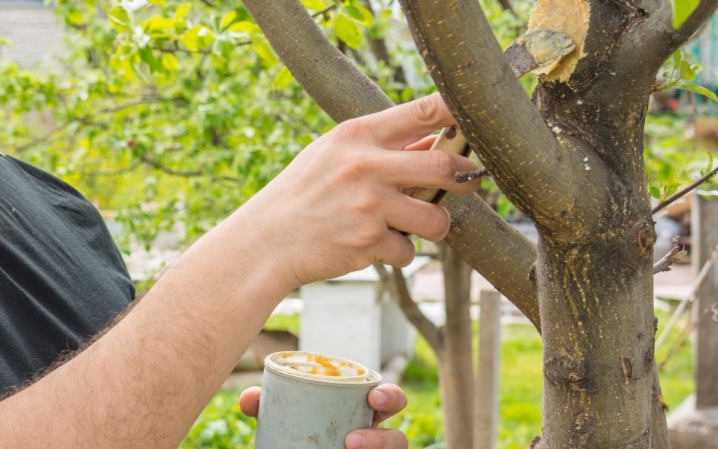
In the fall, you also need to remove the shoots that appear next to the tree trunk.... Young shoots are cut very easily.But lignified plants are cut with a sharp pruner. This is done in the second half of autumn. Some gardeners use a more gentle method to remove unnecessary growth. They pull each branch with a thin wire at a suitable height. The plant dries up quickly. After that, the gardener only needs to carefully remove the unnecessary part of the shoot.
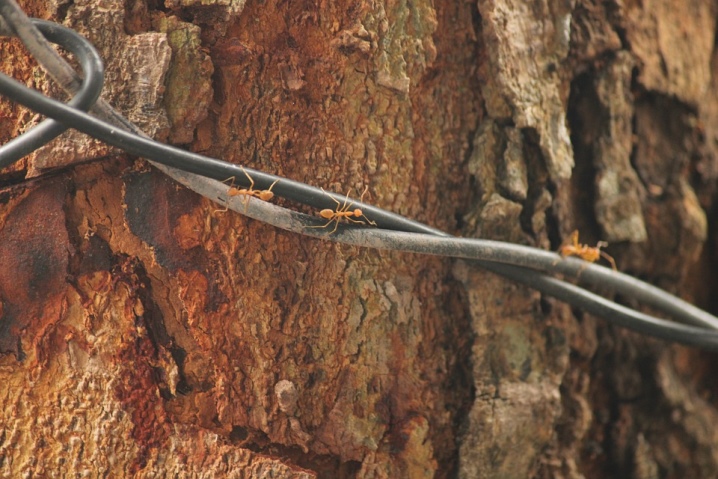
Pruning columnar and dwarf pears
The process of pruning these plants in autumn also has its own characteristics.
Columnar
Sanitary pruning of columnar trees is carried out in autumn. At this time of the year, dry and old branches are removed, and "blank" shoots are also cut out.
Annual pears are easy to prune. To begin with, the top of the tree is pruned. As a result, it should not be higher than half a meter. The cut must be done on the kidney.
In the future, the trunk is annually shortened by only a couple of centimeters.
It is worth remembering that branches of columnar pears grow very slowly. Therefore, the formation of the crown of a tree can be started only in the fourth or fifth year of the plant's life. At this time, half of the branches are cut from the tree. Only the strongest shoots should be left. The remaining branches are cut into a ring. This is done in order to prevent the appearance of tops.
Columnar pears over 5 years old do not need special care. In autumn, their branches only need to be slightly shortened.
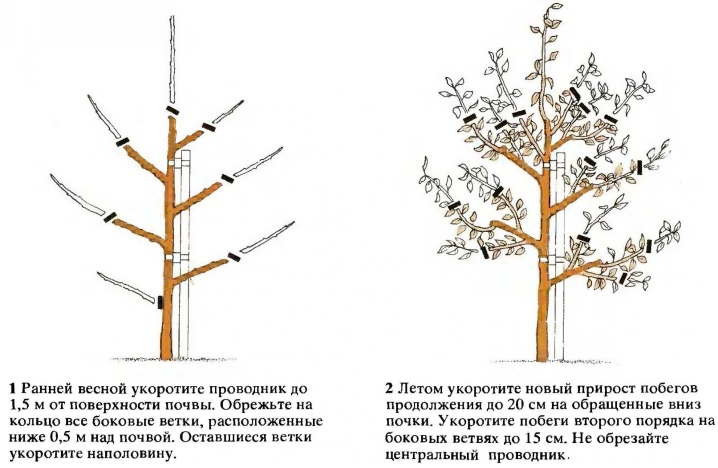
Dwarf
Such pears have appeared quite recently. They gained popularity pretty quickly. After all, caring for them is much easier than for ordinary pears.
Such pears are cut off only in the first years of development. Gardeners cut only the top of the tree. In the next two years, only the lateral branches have to be removed. After a couple of years, the crown of the tree becomes thicker and stronger.
About 6-7 skeletal branches appear on it. In the fifth year of life, the plant already begins to bear fruit.
In the future, the owners of dwarf pears carry out only light sanitary pruning. In the process, they only remove dry or damaged branches, and also cut off young growth.
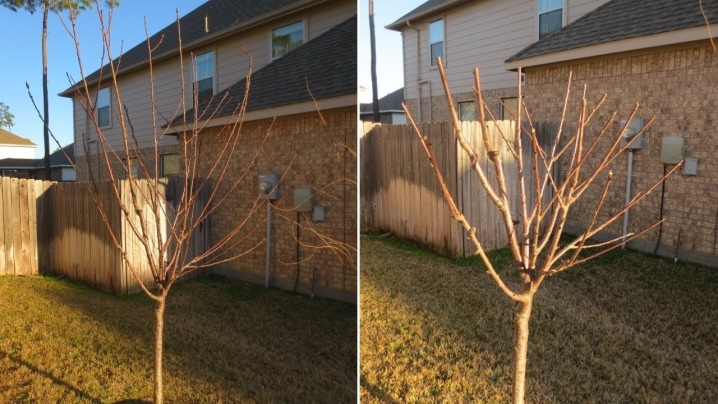
Follow-up care
After pruning, as well as after planting, the plant needs proper care.
-
Regardless of the age of the tree, cuts should always be processed after branch removal.... But this does not need to be done right away. First you need to wait two hours. If this is not done, the slices will be wet. Therefore, the putty will not stick to them. Branches with a diameter of 2-3 centimeters do not need to be covered. They will heal without it.
-
After pruning a pear, its trunk must be thoroughly cleaned of old bark. Do this with a stiff brush. Thanks to this cleaning, the gardener will also be able to get rid of lichens. If cracks are found on the tree, they must be immediately treated with garden varnish.
-
So that the young plant is strong, and also not afraid of frost, after pruning it is fed with mineral fertilizers... Mature trees do not need to be fertilized. Especially if in the spring and summer, top dressing was applied on a regular basis. During the warm season, a mature tree usually manages to accumulate enough nutrients.
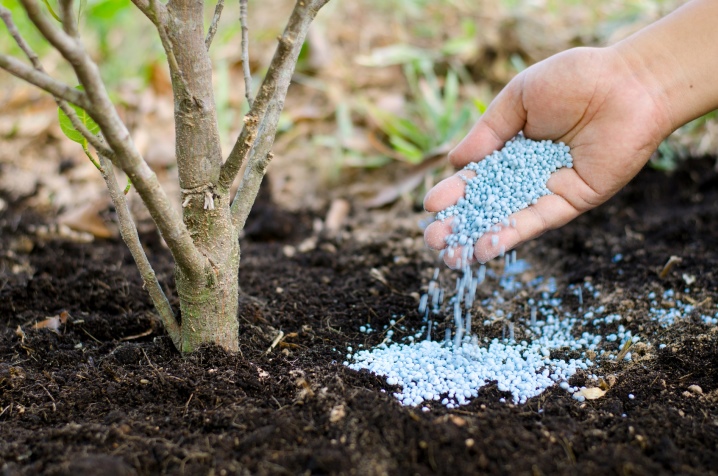
After that, the pear is prepared for winter in the same way as other fruit trees. The site at this time must be well cleaned of debris, the trunk must be processed and whitewashed, and the trunk circle must be well insulated with a layer of humus or compost. If the winters in the region are cold, after pruning, the pear must be additionally covered so that it does not freeze.

Useful Tips
The advice of experts will help novice gardeners in their work.
-
You need to prune the pear in warm and dry weather. In this case, the temperature should be in the range of 10-12 degrees.
-
During the removal of branches, all cuts should be tried to be made even. That is why the tools used in the work must always be well sharpened.
-
To prevent the bark from pulling up during the pruning process, the branches must first be sawed from the bottom and top, and then carefully cut off. If done correctly, the plant will not hurt.
-
All sawn and cut branches, as well as shoots must be collected in a heap and burned... If this is not possible, they must be taken out of the site. It is especially important to do this if the tree was sick in the summer or was attacked by pests.
Autumn crown pruning should not be ignored. If done correctly, the plant will be healthy and strong, and its fruits will be delicious.
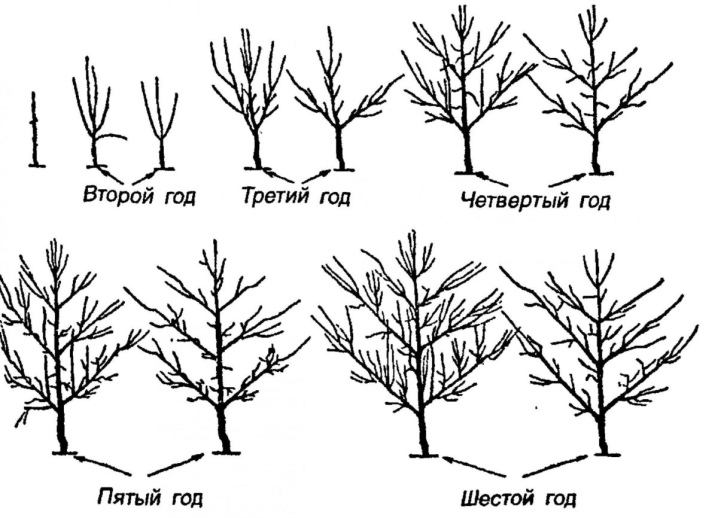








The comment was sent successfully.